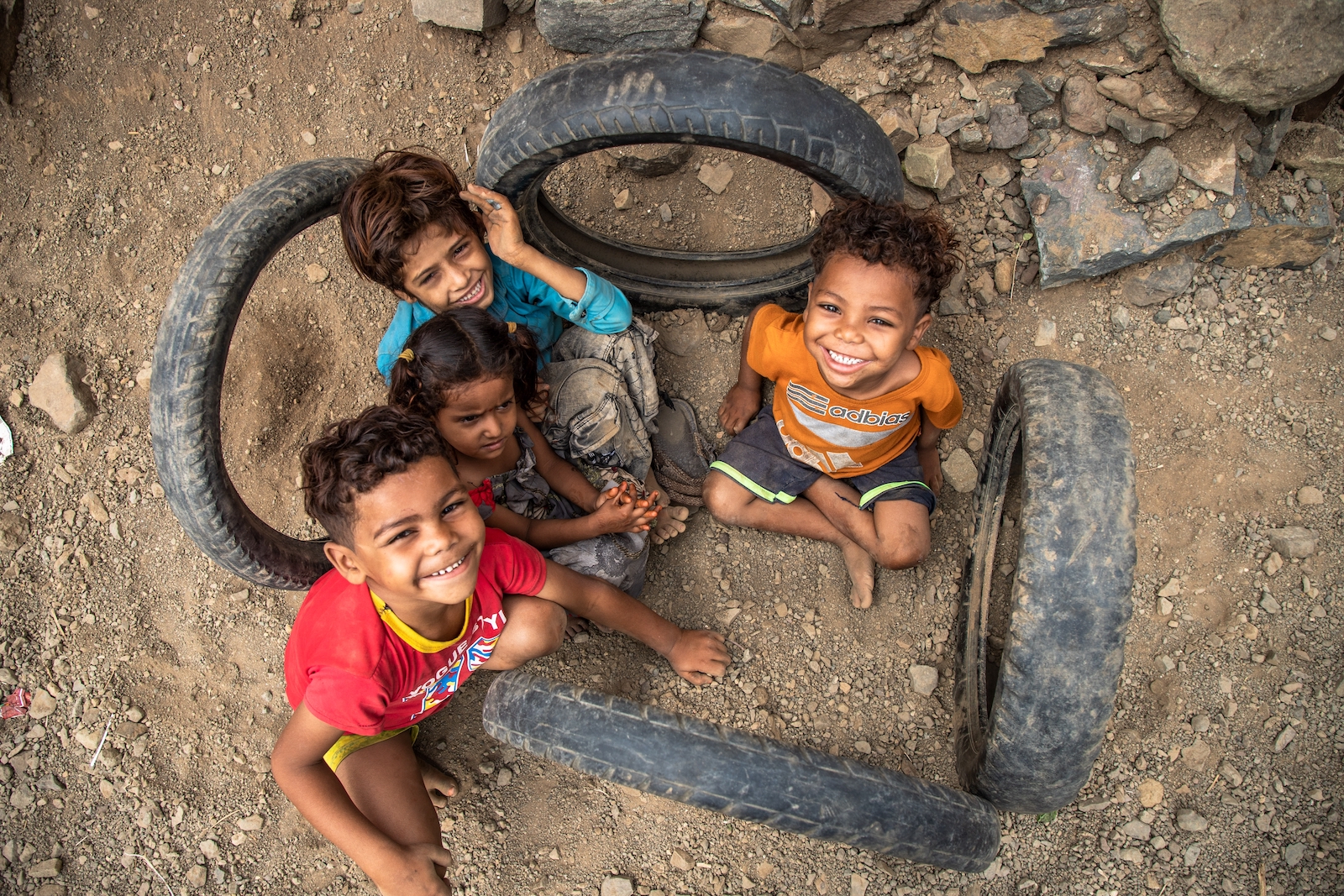
Foreign Aid Cuts are Forcing Yemenis into Deeper Misery
In the opening hours of his presidency, President Donald Trump signed an executive order temporarily freezing U.S. foreign aid for 90 days. The decision, delivered with characteristic abruptness, sent shockwaves through humanitarian networks across the globe. For countries like Yemen—where international assistance is the thin line between survival and starvation—the repercussions have been catastrophic.
The ripple effects extend far beyond Yemen’s borders. Trump’s freeze and broader international retrenchment imperil food deliveries from the World Food Programme (WFP) not only in Yemen but also in Sudan, South Sudan, the Democratic Republic of the Congo, Haiti, Mali, and other crisis zones. The WFP, already grappling with dwindling resources, has been forced to slash food rations across northern Yemen since 2023, citing a massive funding shortfall. While it had appealed for $21.1 billion to reach 150 million people facing acute hunger, it received less than half—just $9.75 billion.
The shortfall is stark. A WFP spokesperson confirmed that nearly half of its operations in 86 countries face suspension or dramatic scale-downs. In response, the organization is initiating immediate reductions in its lifeline services: food deliveries, cash distributions, and nutritional aid. This crisis has been accelerated by the Trump administration’s decision to terminate approximately 10,000 foreign aid contracts, many of them vital to health, nutrition, and security sectors.
U.S. Secretary of State Marco Rubio outlined the gravity of the shift: 83% of USAID programs would be shuttered, with the remnants reassigned to the U.S. State Department. Given that the WFP has historically relied on U.S. contributions for roughly half of its funding, the implications are dire. The organization has already shuttered its Southern Africa office amid spiraling drought and conflict. Other vulnerable populations, including Rohingya and Kenyan refugees, have seen their food aid cut in half.
These cuts are not abstract policy shifts—they are death sentences. The consequences are unfolding in real time. By the end of 2024, 17.1 million Yemenis are projected to face acute food insecurity. Of those, 55% are children, and 22% are women. The most vulnerable populations are now on the front lines of a manmade famine.
The numbers tell a grim story. In December 2023, the WFP halted its General Food Assistance (GFA) program in northern Yemen, cutting off aid to 9.5 million people. Its school-based malnutrition program, initially aimed at reaching 1.4 million individuals, managed to serve only 128,000. By early 2024, more than half of all Yemeni households were without sufficient food, marking an 11% increase since November 2023.
This dramatic collapse in food access places over 2.3 million children under five at a heightened risk of malnutrition. The termination of school feeding programs has cut off a crucial source of daily nutrition, while pregnant and lactating women—already among the most nutritionally vulnerable—have found themselves increasingly exposed. The latest figures estimate that 2.7 million women and 5 million children under five now require treatment for acute malnutrition. The drivers are familiar and tragic: disease, starvation, food insecurity, and a scarcity of clean water.
Yemen’s economic collapse is compounding the crisis. The obstruction of humanitarian aid has helped accelerate the depreciation of the Yemeni riyal, which plummeted to record lows in 2024. This has driven inflation to punishing levels, particularly for food, placing even basic staples beyond the reach of most families.
After nine years of grinding conflict, nearly 10 million children still require urgent humanitarian assistance. A partial lull in violence since April 2022 has brought a reduction in civilian casualties and allowed limited humanitarian access, but peace remains elusive. More than 18 million Yemenis—including 9.8 million children—are still in desperate need of life-saving aid. Even in government-held areas like Hodeidah on the western coast, conditions are deteriorating. UNICEF reports that malnutrition there has reached 33%, a threshold they describe as “catastrophic.”
The crisis is not simply a failure of logistics—it is a failure of principle.
The ongoing collapse of aid to Yemen underscores a troubling abandonment of the Responsibility to Protect (R2P), the global commitment adopted by UN member states in 2005. R2P rests on three pillars: first, that every state must protect its population from atrocities; second, that the international community should assist states in fulfilling that responsibility; and third, that if a state fails, the global community must act collectively to protect vulnerable populations.
Yemen’s government has long ceased to protect its people from the ravages of war, hunger, and disease. That alone constitutes a violation of the first pillar. But the withdrawal of U.S. aid—and the broader apathy from other donor nations—violates the second and third. At the very moment when collective action is needed most, the world has turned away.
The data is damning. Humanitarian aid to Yemen has been slashed by more than 60% over the past five years. This isn’t just a lapse in generosity—it is an abdication of responsibility. For children, the elderly, women, and people with disabilities, this failure threatens not only their futures but also their immediate survival.
The situation in Yemen reveals the cracks in our international system: a global order that champions moral responsibility in theory but defaults to self-interest in practice. R2P was designed to prevent precisely this kind of crisis. And yet here we are, watching it unfold in slow motion, one aid cut at a time.
Food insecurity may not be explicitly enshrined in the R2P doctrine, but it lies at the heart of what the principle seeks to address: the protection of vulnerable populations from preventable suffering. Powerful donor nations, particularly the United States, must recognize the moral hazard of unilateral withdrawal. Yemen’s descent is not inevitable. It is the result of deliberate decisions. Reversing course—restoring aid, reaffirming commitments, and reviving R2P—could still save millions from catastrophe.
